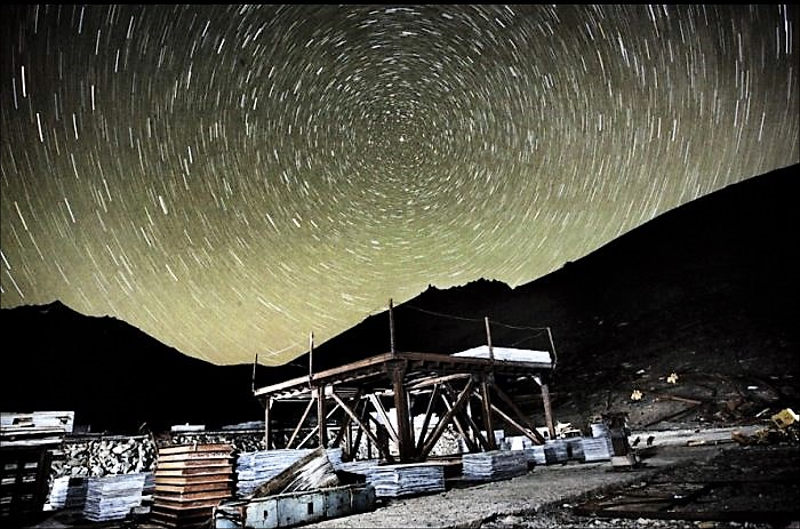On August 20, the scientific expedition of a group of Tajik scientists and engineers to the high-altitude stations of the Pamirs ended:
- Ak-Arkhar, at an altitude of 4360 m a.s.l;
- Chechekti, at an altitude of 3860 m a.s.l;
- Koluchkul, at an altitude of 4270 m a.s.l;
The composition of the expedition traditionally consisted of scientists and specialists from the Physico-Technical Institute. S.U.Umarov of the National Academy of Sciences of Tajikistan and the International Research Center “Pamir-Chakaltaya”. This is already the 9th expedition of Tajik researchers, which, since 2015, has been annually carried out at an altitude of 3800 to 5000 meters in the Pamir mountains in order to resume work on the registration of ultra-high-energy cosmic rays.
One of the central issues of fundamental physics is the study of the nature of elementary particles, in order to reveal the internal structure of which it is necessary to study their interactions at superhigh energies. Therefore, since the middle of the twentieth century, physicists have been constantly trying to experiment with collisions of particles with the highest possible energy. To implement these plans, first of all, particles with extremely high energy are needed. We can get such particles mainly from two sources – accelerators.
Energies of the order of 10 (16) eV and more are required to conduct a full-fledged experiment in this region. In this case, the use of high-altitude cosmic ray recording stations is undoubtedly a significant advantage, since the maximum energy of cosmic ray particles is several orders of magnitude higher than the maximum power of current and even near future accelerators. On the other hand, carrying out experiments using high-altitude cosmic-ray recording stations is difficult due to the low intensity of particles with the required servo-high energy. However, despite this, research conducted using high-mountain stations has enormous potential, because it is in this way that particles of extremely high energies – 10 (16) – 10 (18) eV and more, can be studied, which exceed the particle energy potential of modern accelerators by hundreds of thousands by several orders of magnitude..
We also recall that at the turn of the 1990s, it was found that a family of particles with an interaction energy of 10 (18) eV (the giant superfamily “Tajikistan”) was registered at the high-mountain stations for recording cosmic rays in the Pamirs. This result is considered to be the highest interaction energy of particles, which was recorded using X-ray emulsion chambers.
One of the main directions of development of this area in our country, which is currently being worked on at the Ioffe Institute. S.U.Umarova National Academy of Science and Research Center “Pamir-Chakaltaya” is the solution of issues on the development of joint projects for the complete renewal of the scientific and technical base of the high-altitude stations of the Pamirs using both traditional and modern methods and technologies, including hadron and scintillation calorimeters, Cherenkov radiation detectors, telescopes, optical fiber data transmission systems, etc.
Some moments from the scientific expedition “Pamir-2023”










